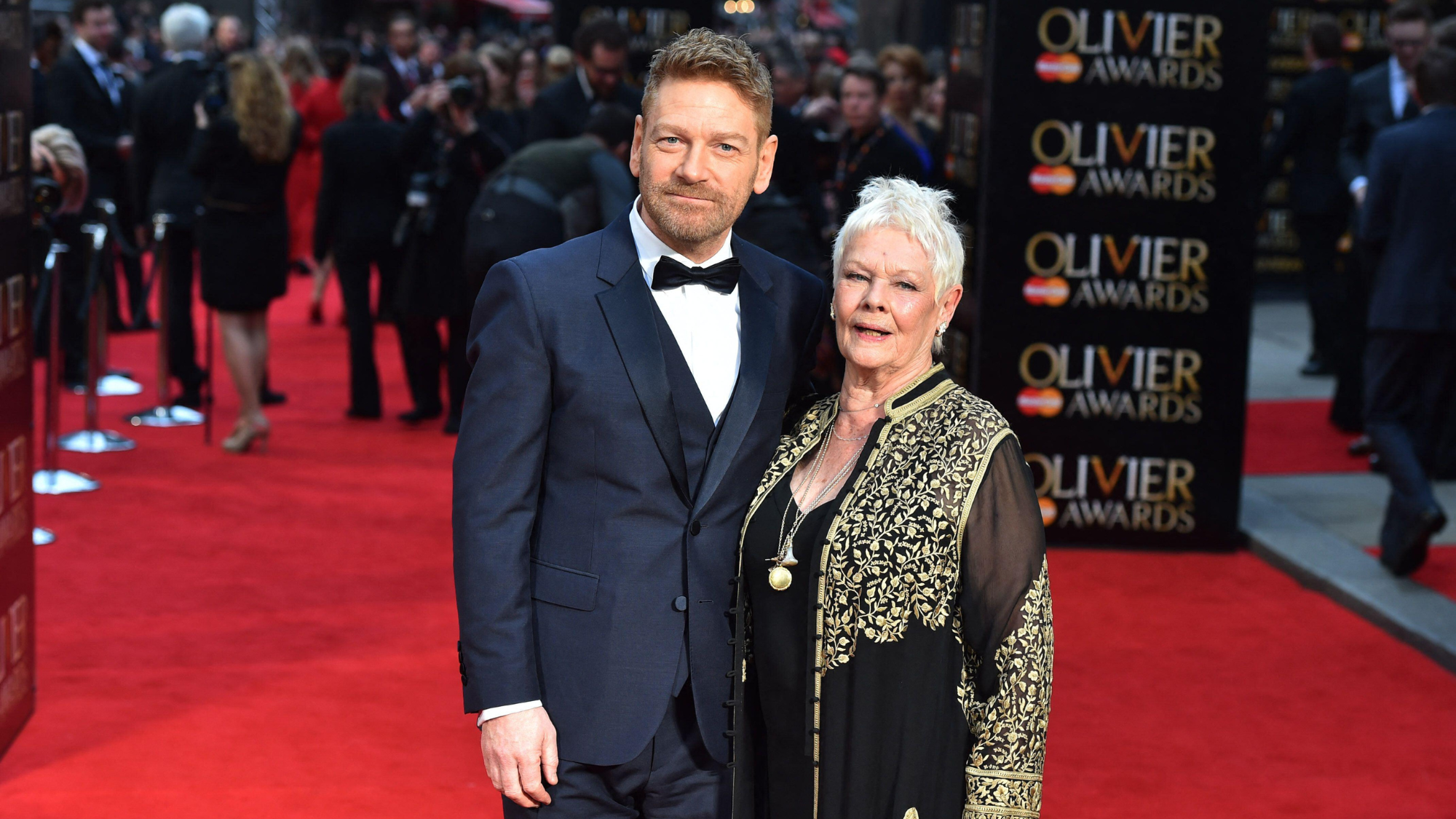The rise of The Satanic Temple
New documentary Hail Satan? looks at the controversial religious movement

A documentary released in cinemas this week investigates the rise of The Satanic Temple, which claims to be the primary religious Satanic organisation in the world.
Hail Satan?, directed by Penny Lane, features interviews with the group’s co-founder Lucien Greaves and charts the controversial public actions the group has taken to challenge the Christian domination of public life in the US.
The Guardian says the film – which drew protesters to cinemas when it was released in America – “threatens to rehabilitate Satan”, portraying the temple as “a voice of reason and humanism”.
The Week
Escape your echo chamber. Get the facts behind the news, plus analysis from multiple perspectives.

Sign up for The Week's Free Newsletters
From our morning news briefing to a weekly Good News Newsletter, get the best of The Week delivered directly to your inbox.
From our morning news briefing to a weekly Good News Newsletter, get the best of The Week delivered directly to your inbox.
Here is what you need to know.
What is The Satanic Temple?
Founded in 2013 by Greaves and Malcolm Jarry, the temple has 17 chapters around the United States, with headquarters in Salem, Massachusetts. It claims to have built up a membership of around 50,000 by 2016 and then attracted “thousands” more members in the first days after Donald Trump was elected as president. In April this year it announced that the US Internal Revenue Service recognised it as a church for tax purposes, meaning it has the same legal protections as other religions, reports Rolling Stone.
What do its followers believe?
A free daily email with the biggest news stories of the day – and the best features from TheWeek.com
“The Satanic Temple’s irony-armed crusaders don’t actually practise black magic, sacrifice or devil worship,” says Nigel Andrews in the Financial Times. Instead, they see Satan as a symbol of the outsider, or rebel, in opposition to tyranical authority.
It has Seven Tenets, which include striving to act with compassion and empathy, pursuing justice, and respecting the freedom of others and one’s autonomy over one’s body. The Tenets warn against distorting scientific facts to fit beliefs and urge followers to resolve any harm caused by mistakes, acknowledging that “people are fallible”. The seventh principle states: “Every tenet is a guiding principle designed to inspire nobility in action and thought. The spirit of compassion, wisdom, and justice should always prevail over the written or spoken word.”
What do they practise?
The Temple does not have required rituals but some chapters and members hold ceremonies such as black mass, celebrating blasphemy, unbaptism, renouncing previous traditional rites of passage, and destruction rituals, destroying objects that symbolise a source of pain in an individual’s life. The Penny Lane documentary shows several ceremonies that include nudity, wine and rousing speeches.
How is it different to previous Satanist groups?
The Church of Satan, founded by Anton Szandor LaVey in 1966, still claims to be the only true arbiter of Satanism. One of the main differences between the two is that The Satanic Temple encourages political activism. Greaves says The Satanic Temple was “as much the cause of a schism within Modern Satanism as it was the result of one”.
The Hail Satan? documentary suggests it was a series of high-profile political actions that attracted new members in their thousands. The group has publicly opposed The Westboro Baptist Church, known for its hate speech against homosexuality. In 2013, it held a “Pink Mass” over the grave of the church’s founder Fred Phelps Jr’s mother, claiming to have turned her gay.
It protested against the installation of a Ten Commandments sculpture on the grounds of the Oklahoma State Capitol building by campaigning to erect its own eight-foot statue of Baphomet, and introduced After School Satan clubs, promoting critical reasoning, when child evangelism clubs were set up in US public schools. Members have also opposed corporal punishment in schools and laws restricting abortion, and launched initiatives such as blood donations, adopting highways to keep them tidy (using pitchforks to pick up litter) and collecting socks for homeless people.
But Greaves believes the perception of Satanism has little improved since the “Satanic Panic” of the 1980s and 1990s, when there were “lurid allegations of satanic ritual abuse around the world – child sexual abuse, murder, torture, cannibalism and gory rituals, ostensibly at the behest of a secret sect intent on undermining the foundations of civilisation”, says The Guardian.
A 1994 investigation into 12,000 accusations of group cult sexual abuse based on satanic ritual found that not one could be substantiated. Researchers found evidence of lone perpetrators or couples who claimed to be involved with Satan, but no organised cult, reported The New York Times at the time.
Decades on, the Satanic Temple has also been “surrounded by a glut of misinformation”, says Dazed magazine. “But with Hail Satan?, Lane aims to set the record straight.”
-
 The history of US nuclear weapons on UK soil
The history of US nuclear weapons on UK soilThe Explainer Arrangement has led to protests and dangerous mishaps
-
 Tea with Judi Dench: ‘touching’ show is must-watch Christmas TV
Tea with Judi Dench: ‘touching’ show is must-watch Christmas TVThe Week Recommends The national treasure sits down with Kenneth Branagh at her country home for a heartwarming ‘natter’
-
 Codeword: December 24, 2025
Codeword: December 24, 2025The daily codeword puzzle from The Week
